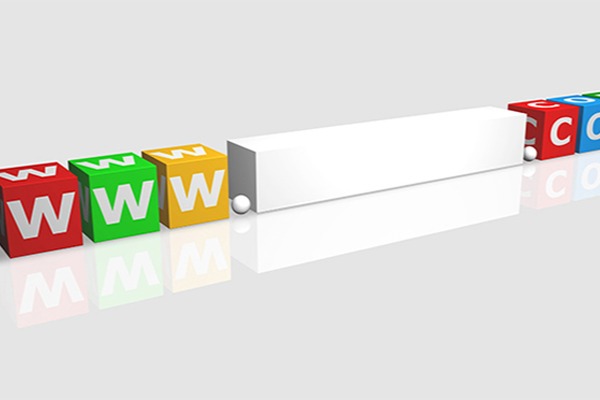Analysis of how to obtain a domain name: the core difference between registration and purchase

In the era of digital economy, the importance of domain names as the digital entrance of enterprises is becoming increasingly prominent. Registering new domain names and purchasing existing domain names are the two main ways to obtain domain names, and there are significant differences in their processes, costs and applicable scenarios. This article combines industry cases and expert opinions to sort out the core differences between the two.
1. Definition and process
To register a new domain name, you need to apply for an unoccupied domain name through an ICANN-certified registrar (such as Alibaba Cloud and GoDaddy). The process includes query, registration, and payment of annual fees. The cost in the first year is about US$5-15 (such as .com domain names).
Purchasing existing domain names belongs to secondary market transactions. You need to purchase registered domain names through platforms such as Sedo or private negotiations. It involves price negotiations, historical record reviews, etc. The cost spans a wide range (ranging from hundreds of yuan to tens of millions). Typical cases include JD.com's acquisition of JD.com for 30 million yuan.
2. Comparison of core differences
Ownership: New domain names need to be renewed annually and only have the right to use; purchasing existing domain names can transfer and obtain full ownership.
Cost: New domain names have a fixed annual fee; the price of existing domain names is determined by market supply and demand, and there is a large premium space.
Risk: New domain names must be ensured to be unoccupied; existing domain names must be reviewed for historical disputes or blacklist records.
Value: New domain names need to cultivate traffic for a long time; existing domain names may have SEO legacy value or brand relevance.
III. Applicable scenario suggestions
1. Start-ups should register first
New brands are recommended to choose a combination of "brand name + industry word.com" for registration, with an annual fee as low as 60 yuan, and can avoid copyright disputes. For example, a technology company registered a domain name through Namecheap, and the first year cost was only 8 US dollars.
2. Mature brands tend to buy
To protect brand assets, leading companies often purchase related domain names at high prices. For example, a multinational group purchased an industry keyword domain name for US$1.2 million to avoid user loss. Short characters (such as 4-letter .com) and specific suffixes (such as .ai) are the main premium factors.
IV. Risk Warning and Suggestions
Registration Notes: Choose an ICANN-certified service provider and enable automatic renewal (about 30,000 domain names are auctioned off every day due to expiration).
Purchase Risk Prevention: Confirm ownership through Whois query, request historical traffic reports, and use third-party escrow payment.
Domaincn.com Committed to providing fair and transparent reports. This article aims to provide accurate and timely information, but should not be construed as financial or investment advice. Due to the rapidly changing market conditions, we recommend that you verify the information yourself and consult a professional before making any decisions based on this information.

